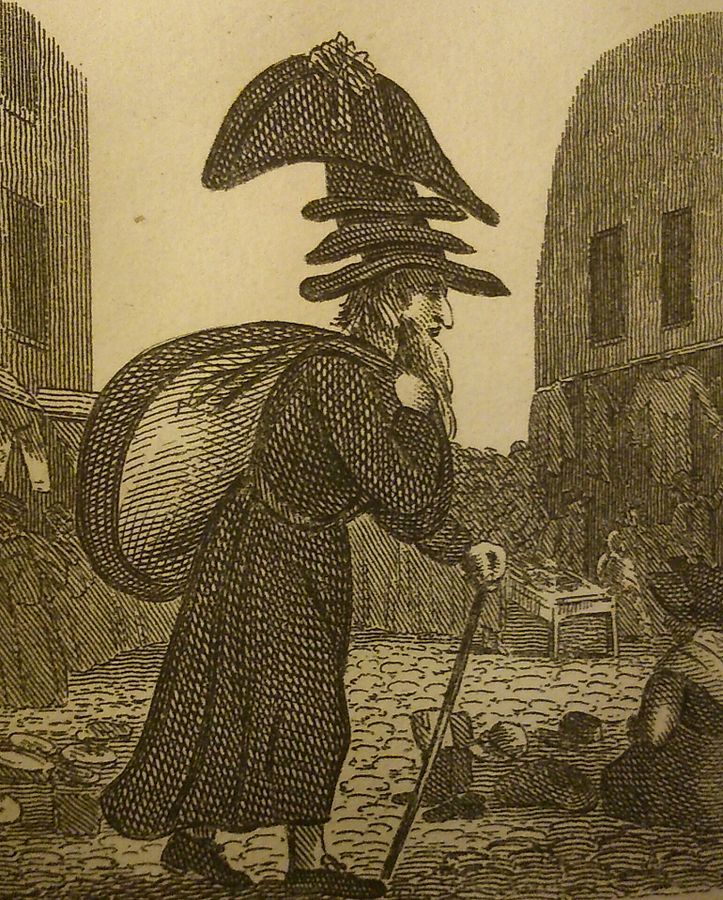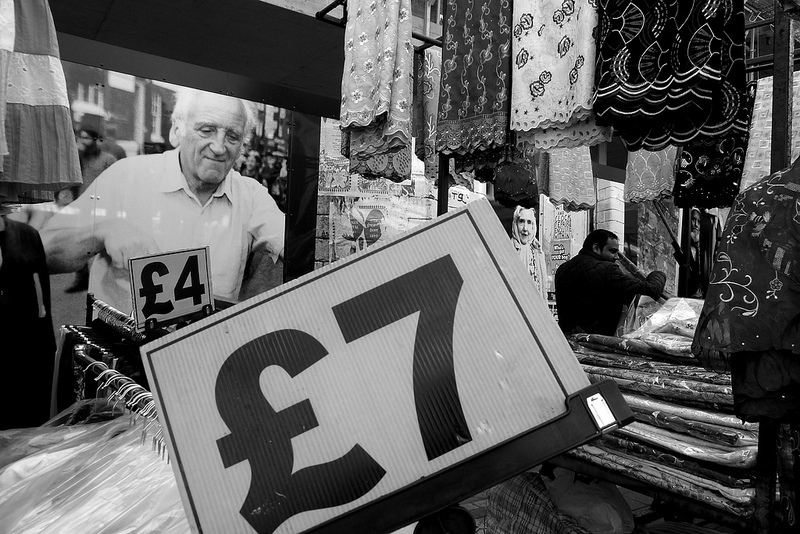
Anyone searching for Petticoat Lane Market's namesake on a map is going to be sorely disappointed.
The famous market, where you can still buy cheap clothes, accessories and household goods, has been operating on this site since the 1750s.
But while the market has remained a constant, the street itself has gone through a variety of names, which is why confused tourists won't find a street called Petticoat Lane on any London maps today.

Starting out as Hog's Lane, a tree-lined country road in medieval times (probably because it was a path to drive pigs from the nearby fields to market), by the turn of the 15th century, the street had become a commercial district.
A map from 1608 shows the Lane is now referred to as 'Peticote Lane', understood to be named after the second-hand clothes that were exchanged there.
There's a saying from the time that "they would steal your petticoat at one end of the market and sell it back to you at the other."

And the name stuck. Despite being badly affected by the Great Plague of 1665 (the rich fled the city and London lost a fifth of its population), this part of Spitalfields kept its tradition of making and trading garments.
A new wave of immigrants, Huguenot and Jewish weavers, populated what was now called 'Petticoat Lane' (mapped in 1677), and maintained the area's identity as a centre for clothing manufacture.

About 1830, Petticote Lane's name changed to Middlesex Street, the title it still holds today.
Middlesex Street recorded the boundary between Portsoken Ward, in the City of London, and Whitechapel. But the old name, probably due to the popularity of the market, and the fact that it's just more evocative than 'Middlesex Street', continues to be used nearly 180 years later.
In 1845, a prescient newspaper commenter wrote, "It is the same filthy, badly paved street as it ever was... Although Middlesex Street is painted on the walls on each side of the lane, Petticoat-lane it is still called and is likely ever to be so."

Despite its long-standing name, the market did have a bad reputation: unregulated and in some sense, illegal.
With Sunday trading frowned upon at the time, many attempts were made to halt the Sunday market. Even in the 1930s, police cars and fire engines were driven down 'The Lane', with alarms ringing, to disrupt the market.

The rights of the centuries-old market on Middlesex Street were finally acknowledged by an Act of Parliament in 1936.

And don't let anyone persuade you the street's name change was down to those prudish Victorians: the new nomenclature came in during the reign of William IV.
You Might Also Like:



